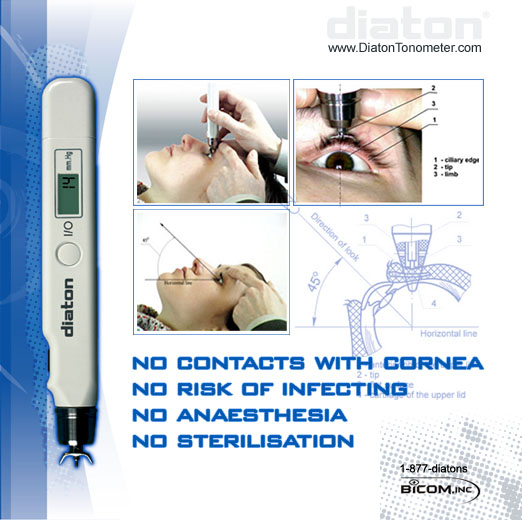Glaucoma Evaluation :
Early detection, through regular and complete eye exams, is the key to protecting your vision from damage caused by glaucoma.
Regular eye check up helps us to diagnose Glaucoma. Rushabh eye hospital and laser center has one of the most modern and sophisticated Glaucoma Clinic.
The following table gives us, how regularly eye check up should be done.
Between age of 35 to 40 years: First Check up
Between age of 40 to 60 years: Once in every two to three years
After age of 60 years : Once every year
Anyone with high risk factors, should be tested every year or two after age 35.
Routine Tests for Glaucoma:
Regular glaucoma check-ups include two routine eye tests: Tonometry and Ophthalmoscopy.
1. Tonometry: The tonometry test measures the inner pressure of the eye or intraocular pressure with a special instrument called applanation tonometer.
2. Ophthalmoscopy: Ophthalmoscopy is used to examine the inside of the eye, especially the optic nerve.
If the pressure in the eye is not in the normal range, or if the optic nerve looks unusual, then full glaucoma evaluation is advised.
Full Glaucoma Evaluation consists of tests called perimetry, gonioscopy, pachymetry, optic disc photography and OCT (optical coherence tomography or laser imaging of the nerve of the eye).
1. Perimetry: The perimetry test is also called a visual field test. During this test, you will be asked to look straight ahead and then indicate when a moving light passes your peripheral (or side) vision. This helps draw a “map” of your vision.
2. Gonioscopy: Gonioscopy is a painless eye test that checks if the angle where the iris meets the cornea is open or closed, showing if either open angle or closed angle glaucoma is present.
3. OCT: The OCT instrument utilizes a technique called optical coherence tomography which creates images by use of special beams of light. The OCT machine can create a contour map of the optic nerve, optic cup and measure the retinal nerve fiber thickness. Over time this machine can detect loss of optic nerve fibers.
4. Pachymetry: Simple , quick and painless test to Determine Corneal Thickness .
Why is Corneal Thickness Important ?
Corneal Pressure Detection
Corneal thickness is important because it can mask an accurate reading of eye pressure. Actual IOP may be underestimated in patients with thinner cornea and overestimated in patients with thicker cornea.
Have any queries please feel free to leave a comment subsequent response is assured.
For more details please click on the link:
http://www.rushabheyehospital.com/



















0 comments:
Post a Comment